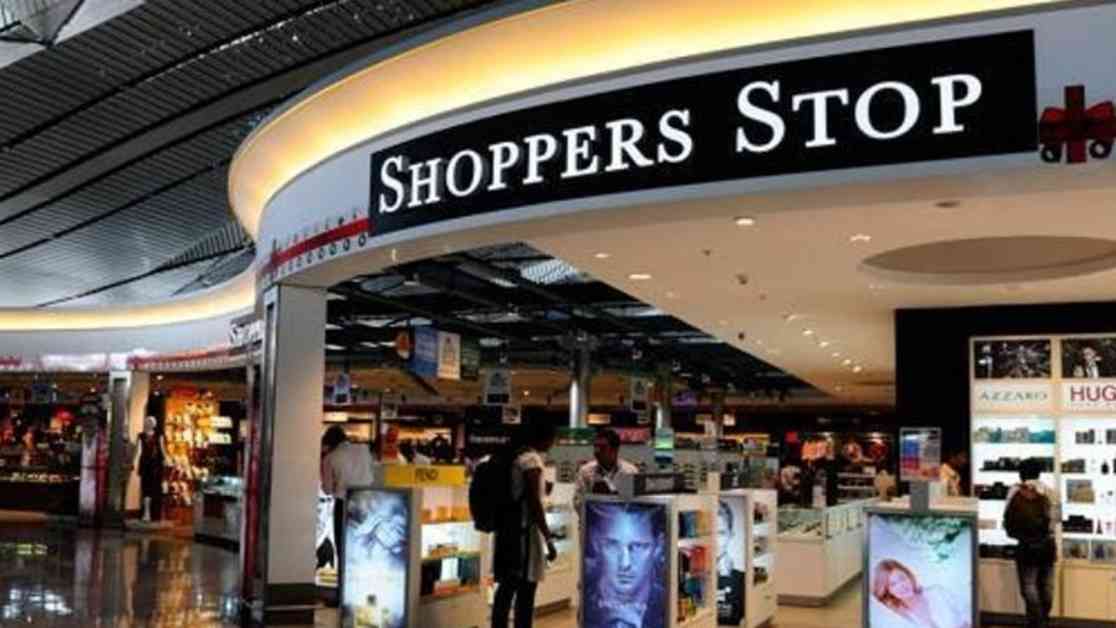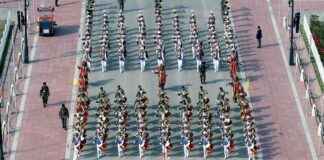The apparel industry in India has been experiencing a significant shift towards value fashion, with an increasing number of retailers focusing on providing affordable clothing options to consumers. This trend is not new to the country, which has long been dominated by unorganized retail in apparel, with neighborhood stores selling unbranded garments. However, in recent years, value fashion retailers have been gaining momentum, catering to the demands of consumers in tier 2 and tier 3 towns.
A key player in the value fashion segment is V2 Retail Ltd., a chain that sells affordable clothing through its 129 stores across the country. Akash Agarwal, the whole-time director at V2 Retail, is optimistic about the growth potential of the value fashion market. He cites the impressive 37% same-store sales growth in the first quarter of the year as evidence of the sector’s resilience and potential for further expansion. Agarwal aims to achieve a turnover of Rs1,500 crore by FY2025, driven by the increasing popularity of affordable and trendy branded fashion in India.
The rise of several new affordable retail formats has further fueled Agarwal’s confidence in the value fashion segment. Major retailers like Shoppers Stop and Reliance Retail have introduced value retail formats such as ‘Intune’ and ‘Yousta,’ respectively. Shoppers Stop plans to open 60 new Intune stores in FY 2025, adding to its existing 22 outlets. Similarly, Reliance’s youth-centric, high-fashion brands Yousta and Intune will compete with other players like Tata Trent’s Zudio and Landmark Group’s Max. The success of budget fashion brands like Zudio, which has over 550 outlets, has prompted other retailers to enter the value fashion space.
Consumer preference for affordable fast fashion is not unique to India but is a global phenomenon. Online brands like Fashion Nova and Shein have gained immense popularity, particularly among the younger demographic. Agarwal points out that Shein has surpassed Amazon in downloads in the US, highlighting the shift towards affordable and trendy fashion choices. Young consumers prefer to purchase multiple items at lower prices rather than investing in a single premium outfit, driven by the need to constantly update their social media stories with new looks.
Praveen Govindu, a partner at Deloitte India, emphasizes that the growth of value fashion in India represents a massive shift from unorganized to organized retail. Aspiring consumers in small towns are increasingly drawn to branded outlets that offer quality, high-fashion products at attractive price points. Brands like Zudio have successfully captured market share from both mass and premium segment consumers by offering trendy and reasonably priced clothing options. The success of Zudio has set a benchmark for other players entering the budget fashion segment, leading to increased competition in the market.
The post-pandemic landscape has seen a resurgence in demand for value-priced products, including branded fashion items. While premium and luxury brands initially experienced a revival post-COVID, the focus has shifted towards affordable and trendy fashion choices. Retailers have invested in strengthening their supply chains and manufacturing ecosystems to meet the growing demand for value fashion products. V2 Retail, for example, has leveraged its in-house factories and trained vendors to enhance production capacity and efficiency.
Supply chain management remains a key challenge for value fashion retailers, given the competitive nature of the market and the need to operate on lower profit margins. Understanding consumer demand, fashion trends, and sales projections is crucial for maintaining a competitive edge in the value fashion segment. Scale is also essential for value fashion brands to offer competitive prices and expand their reach. Brands like Zudio have rapidly expanded their store network to capitalize on the growing demand for affordable fashion options.
The potential for growth in the value fashion segment is immense, as more companies enter the market to cater to budget-conscious consumers. According to Research and Markets, India’s apparel retail market had a revenue of $60 billion in 2022, indicating a significant opportunity for value fashion brands. With consumers increasingly focused on staying up-to-date on trends and seeking value for money, the competition in the value fashion segment is expected to intensify.
In conclusion, the rise of fast fashion and value retail formats in India reflects a broader trend towards affordable and trendy clothing options. As consumers seek quality products at attractive price points, retailers have responded by expanding their offerings in the value fashion segment. The increasing competition in the market underscores the growing demand for budget-friendly fashion choices and the need for retailers to innovate and adapt to changing consumer preferences.




















